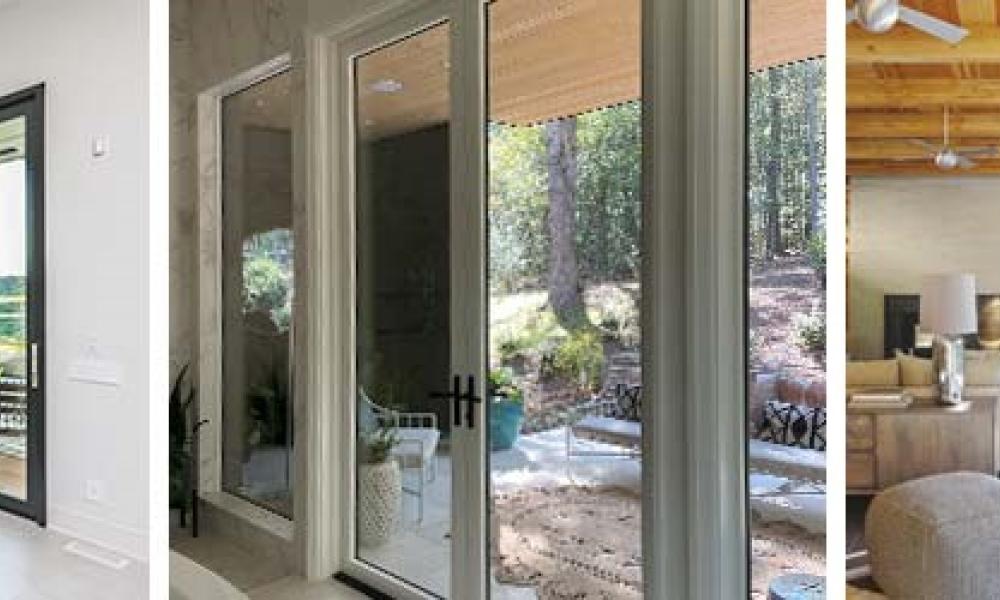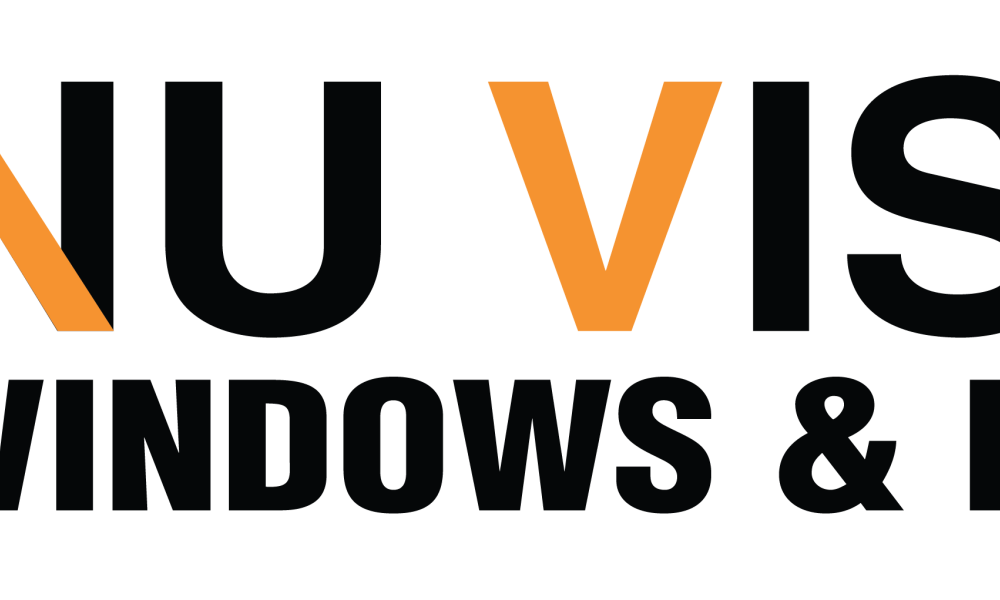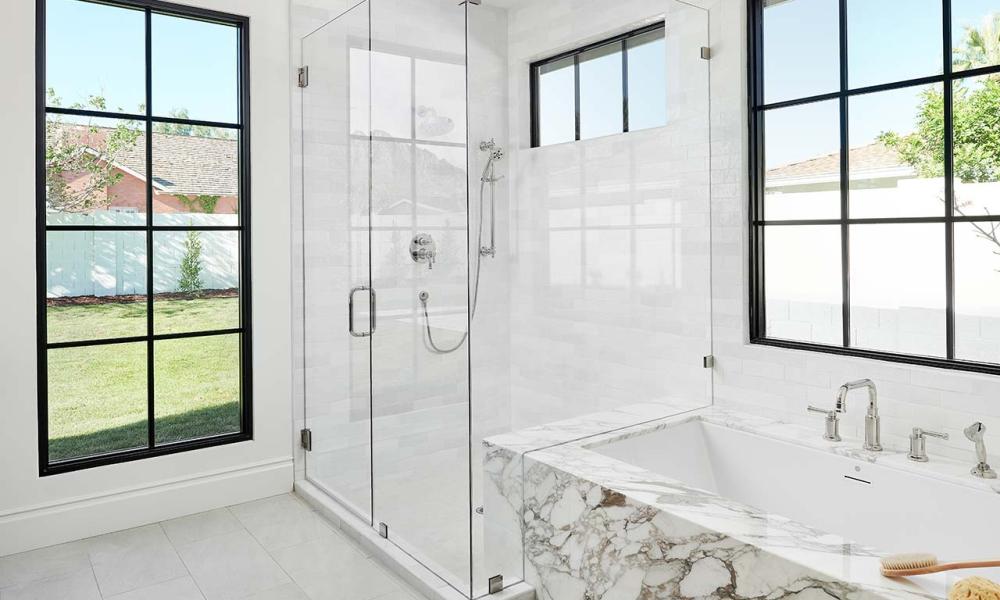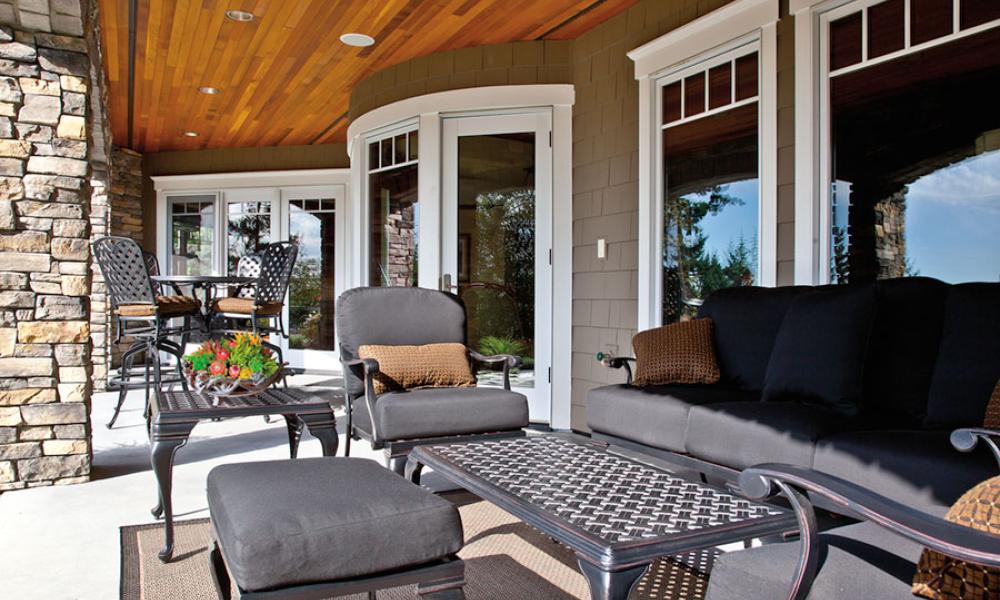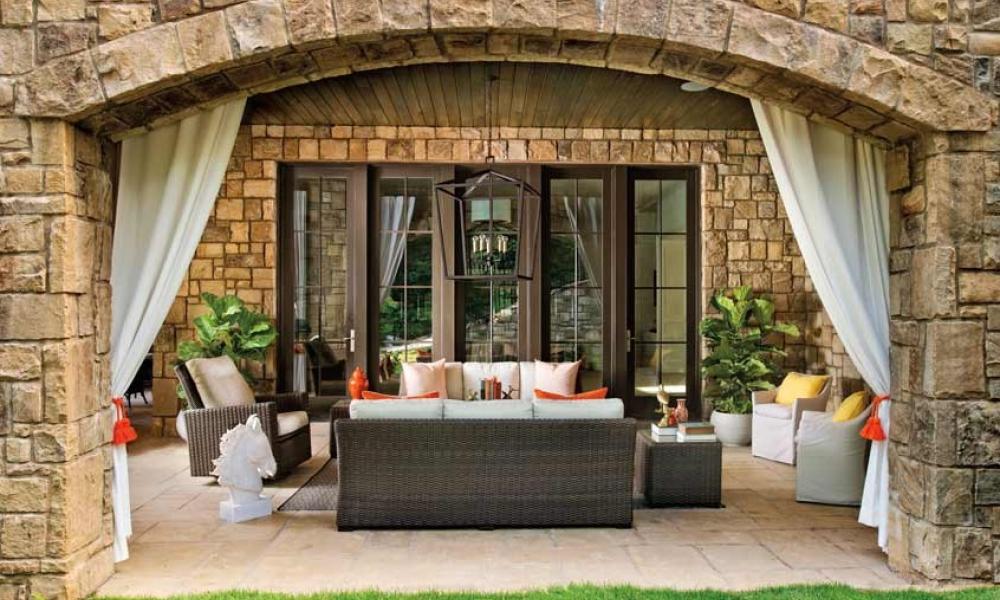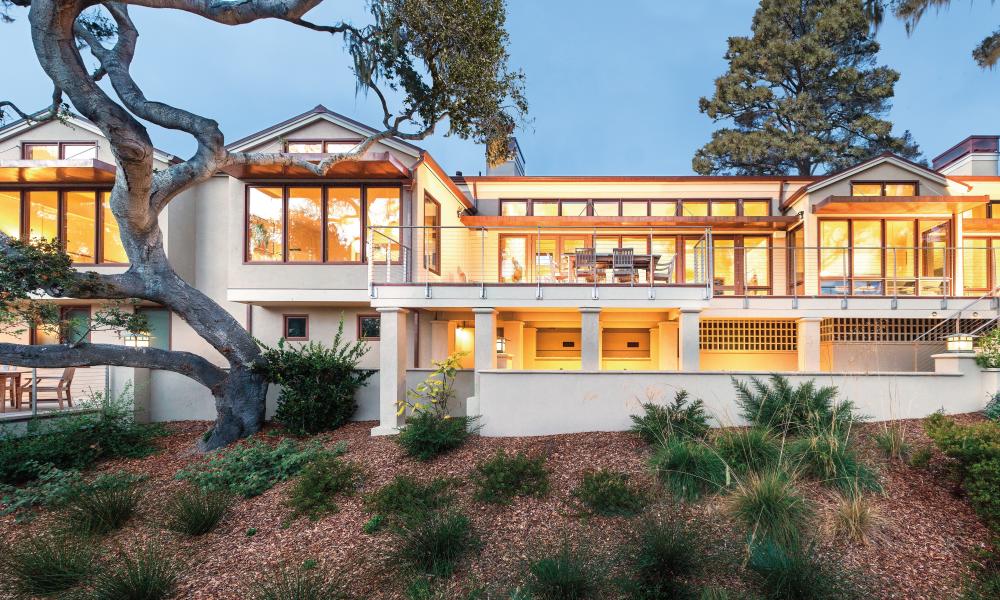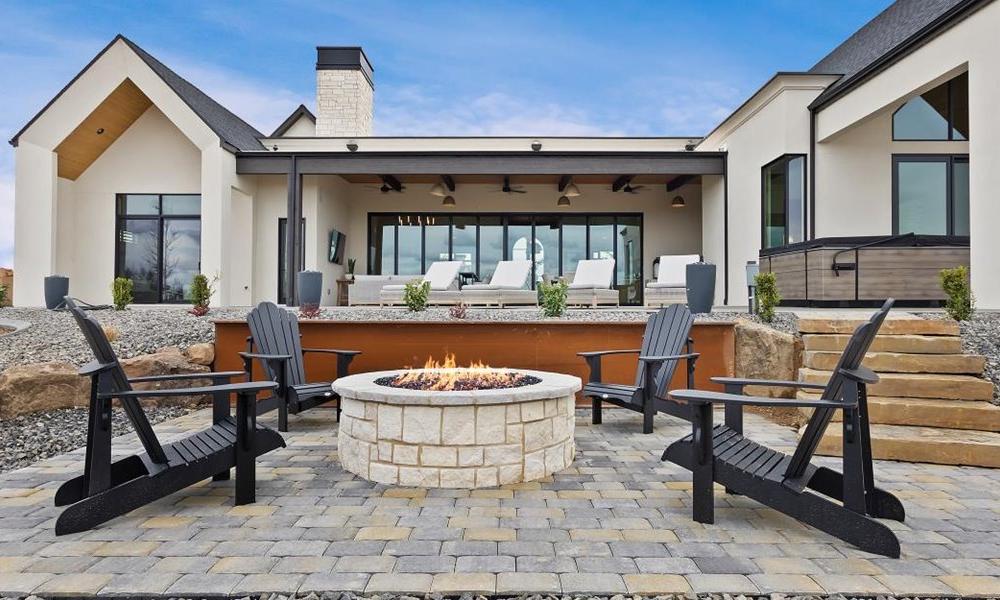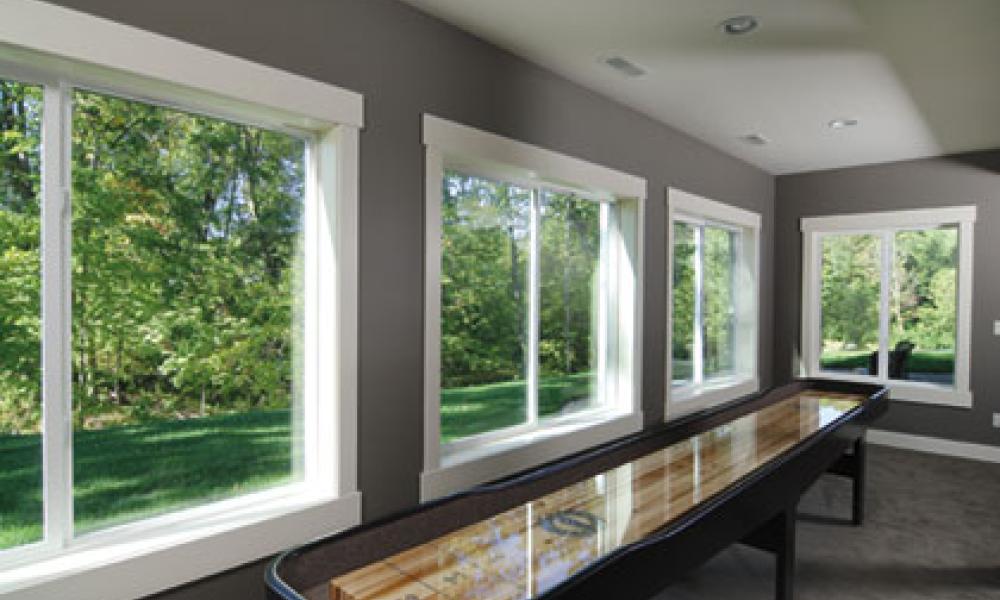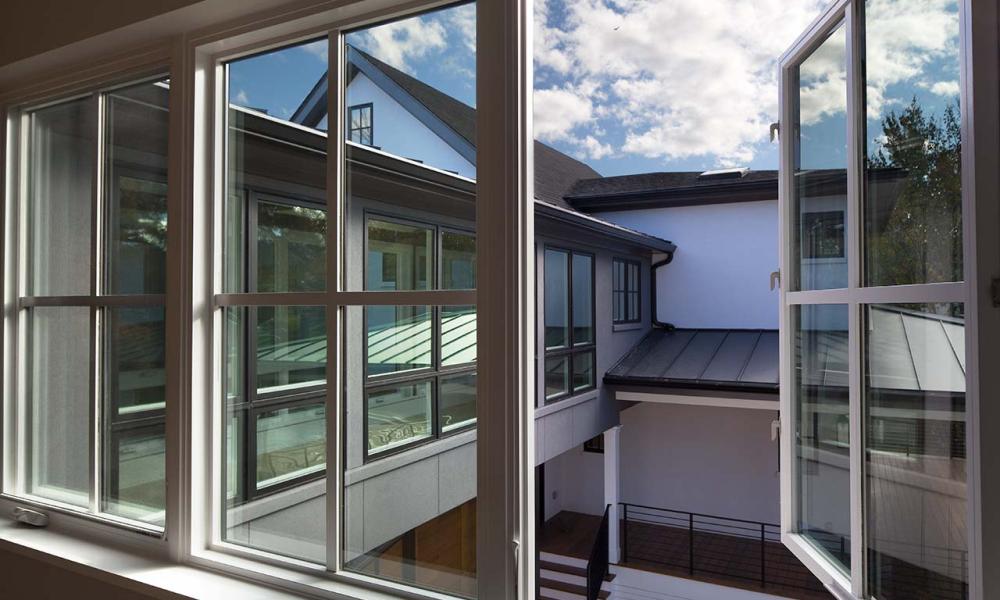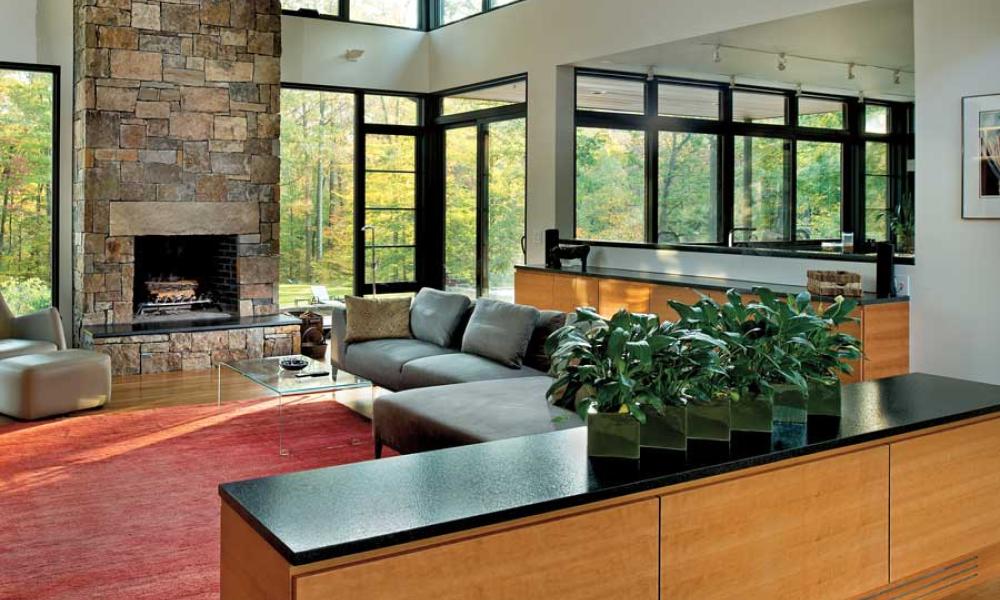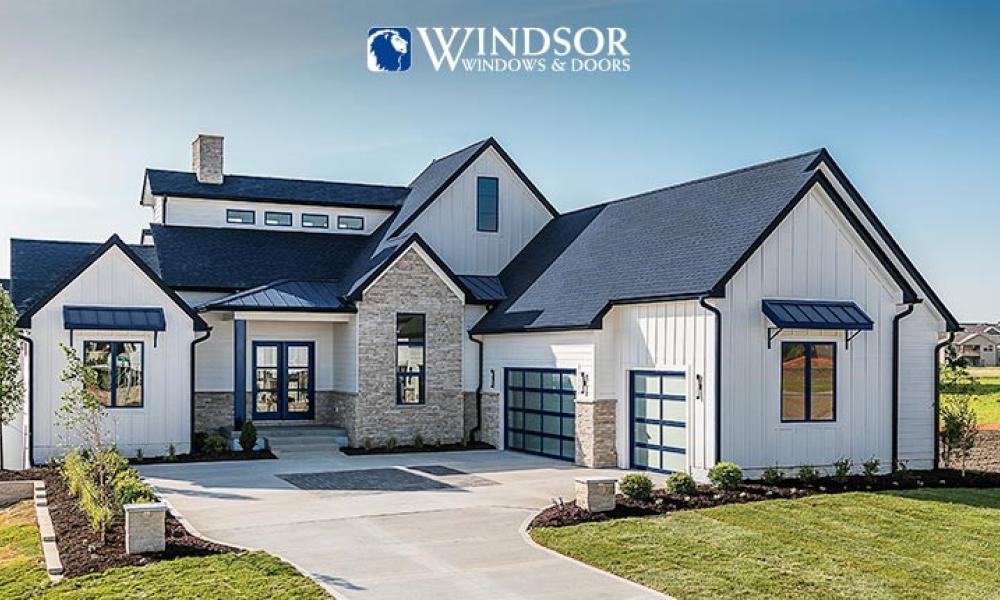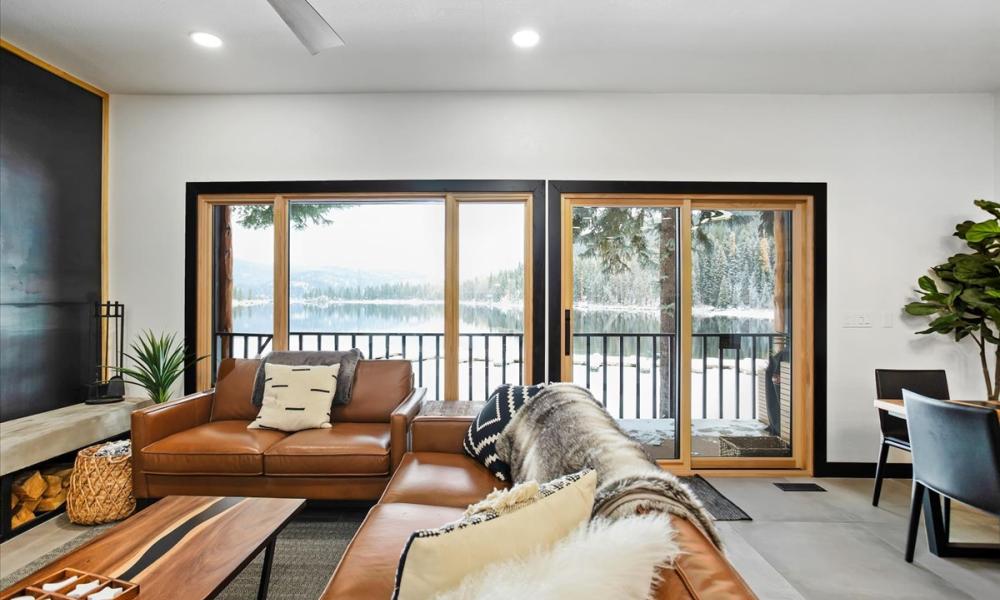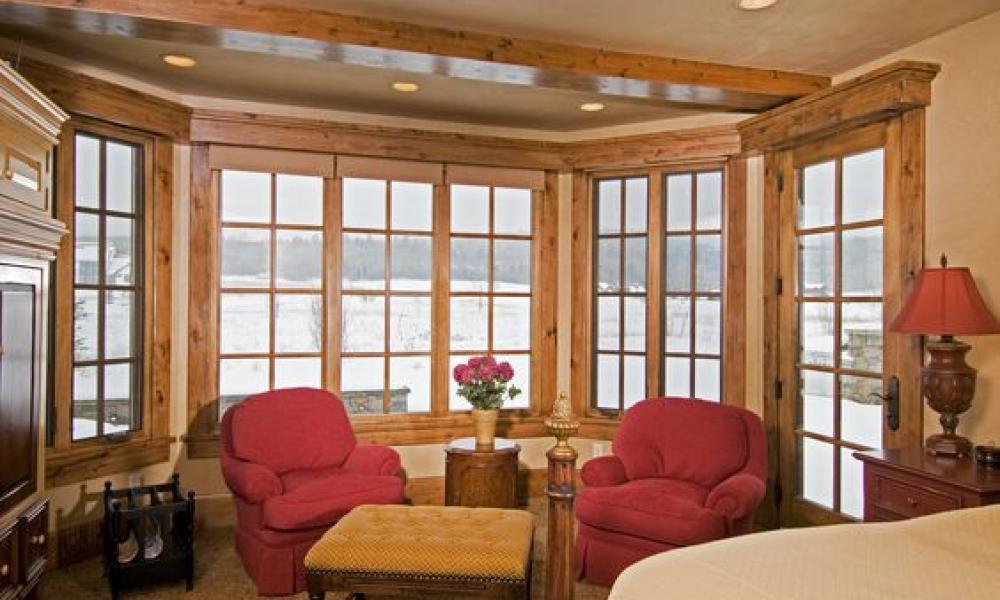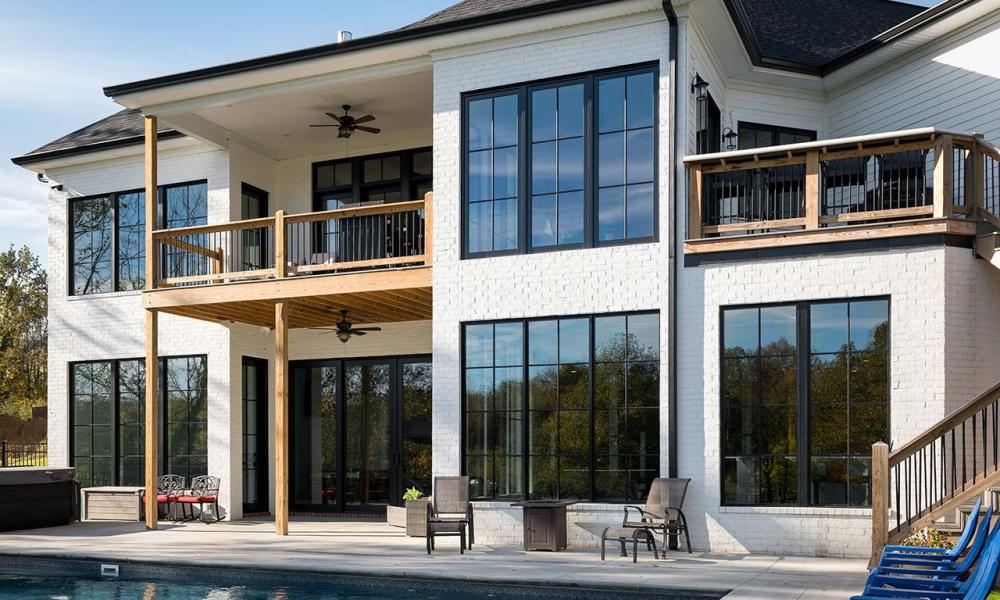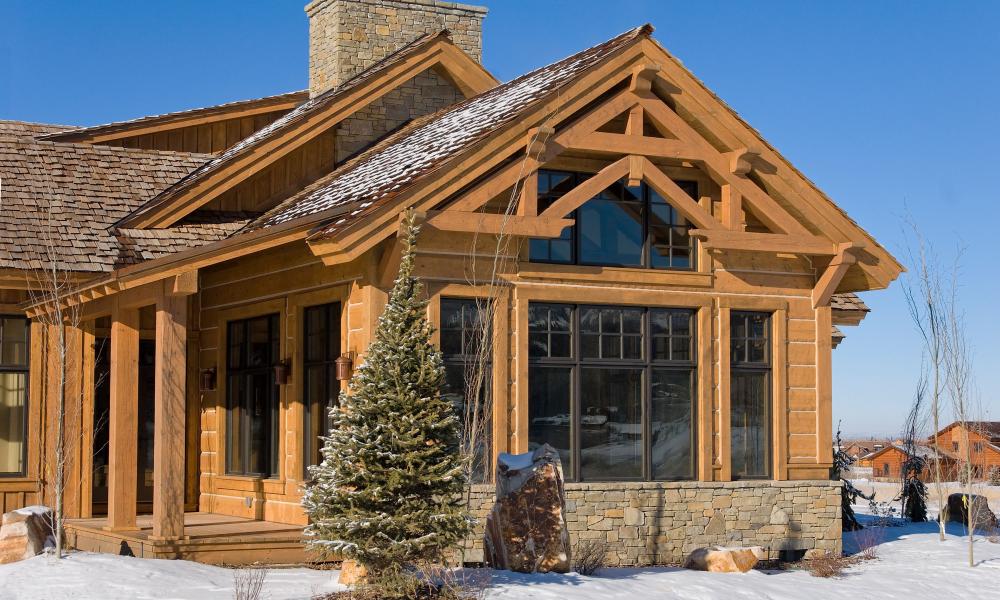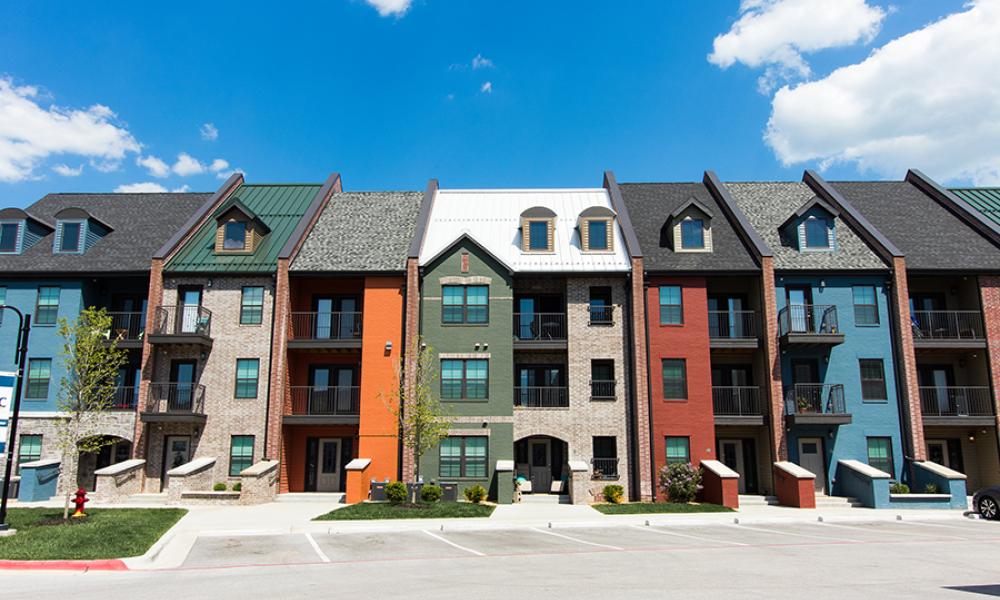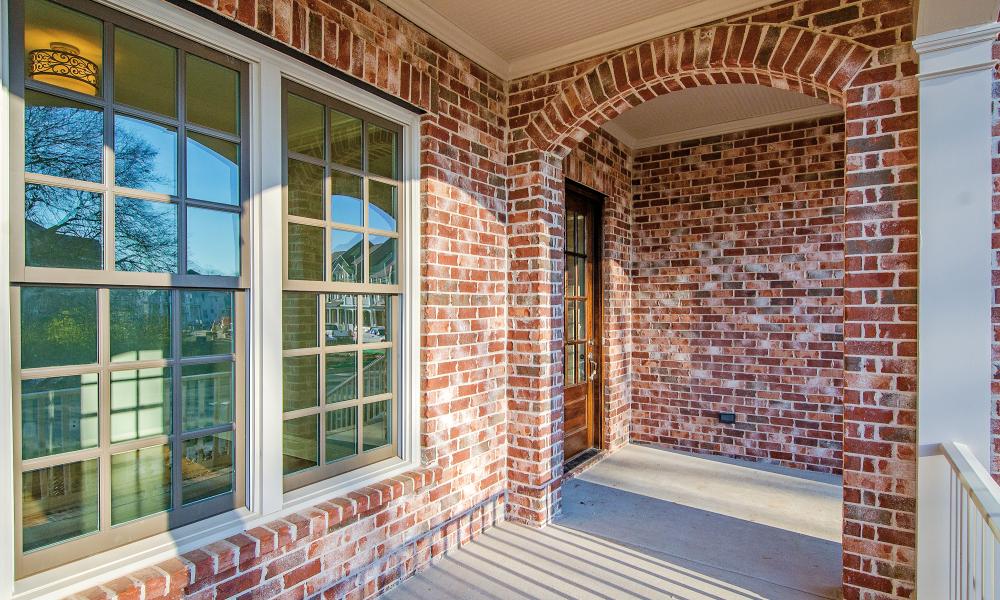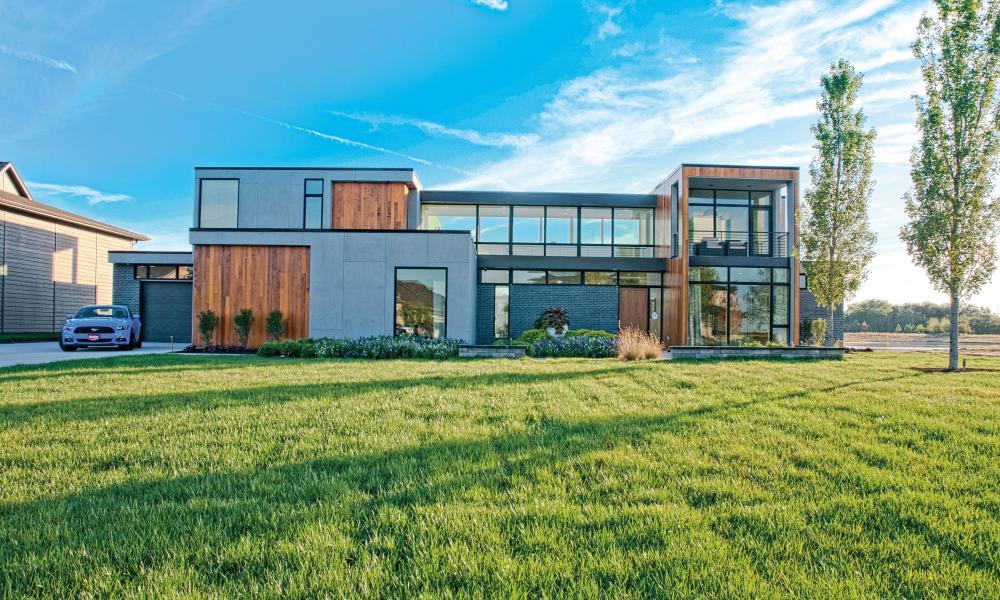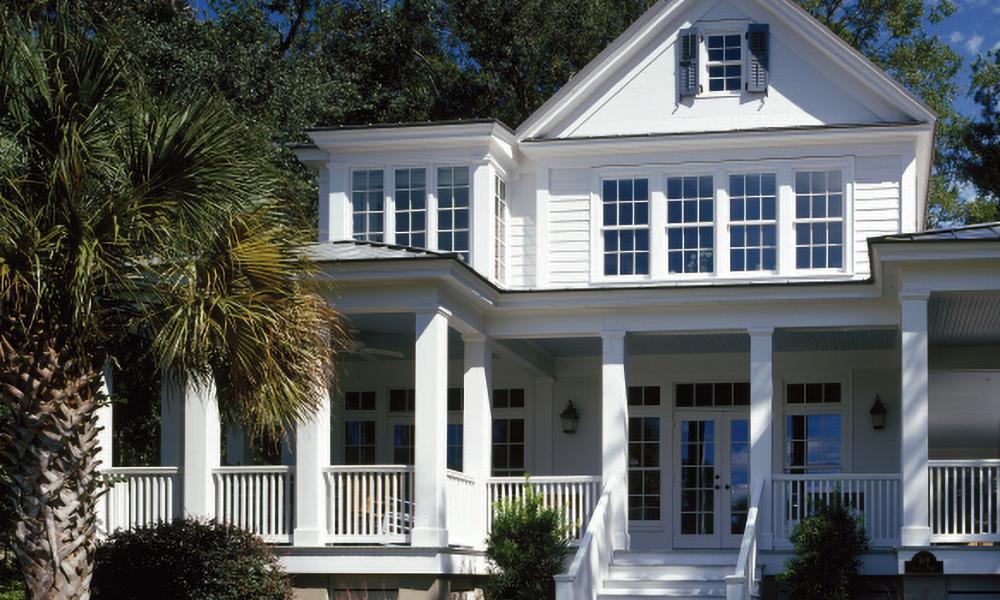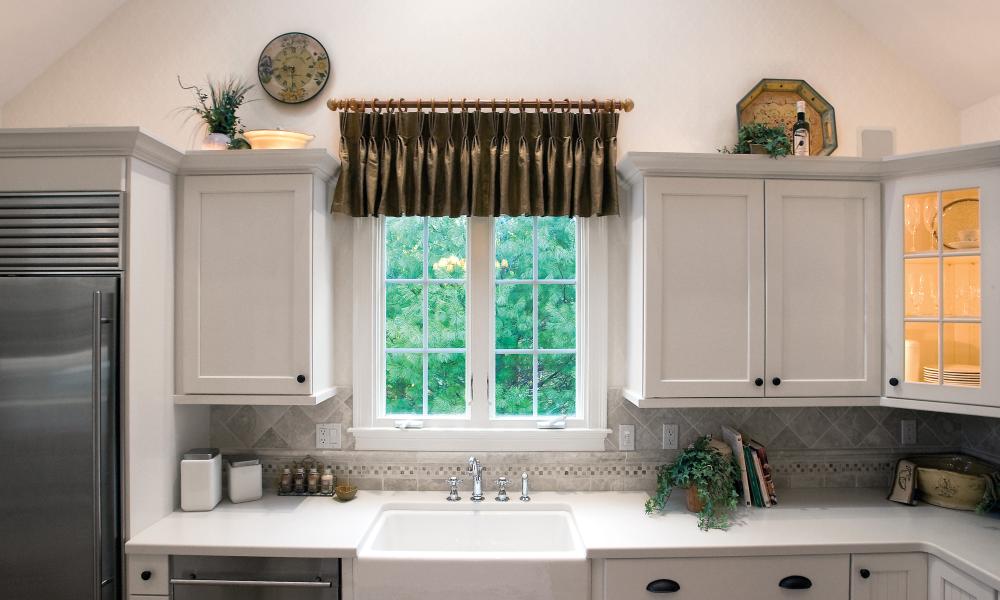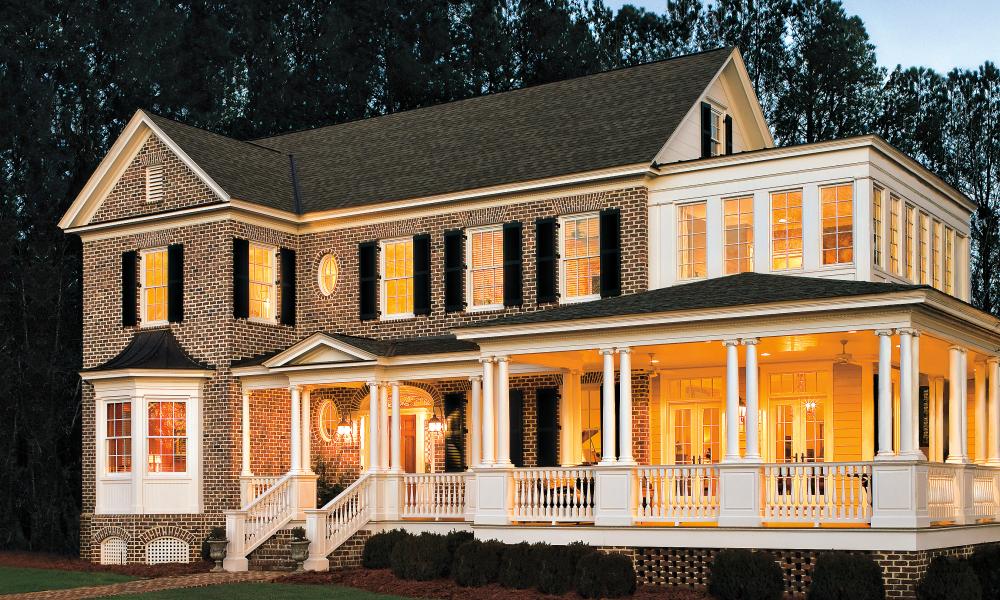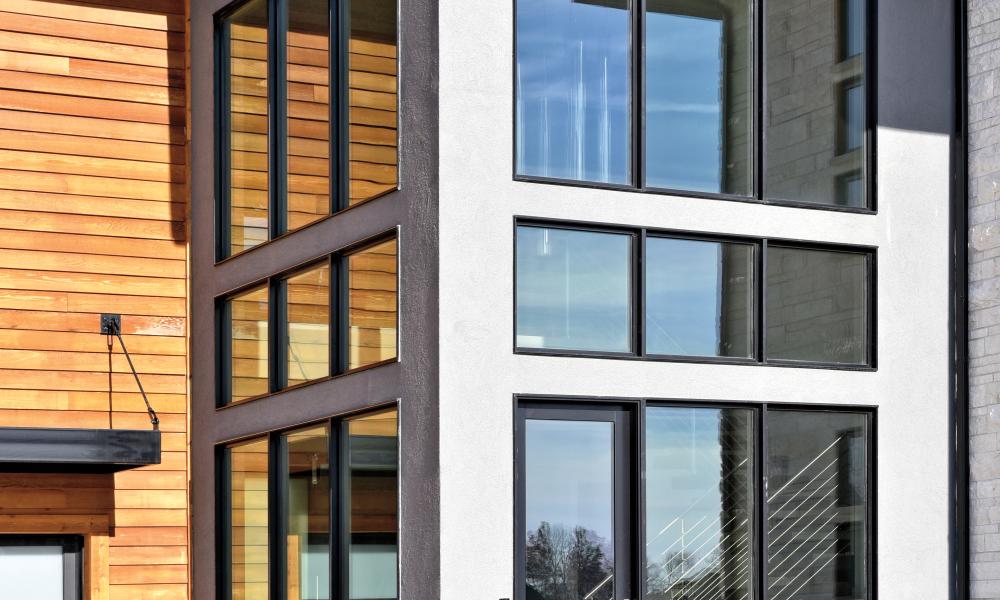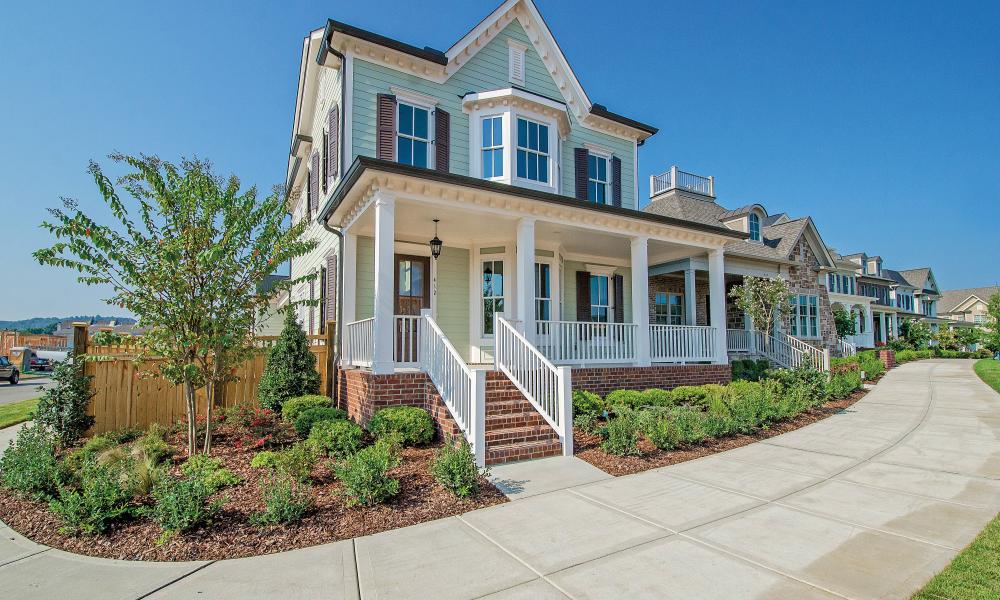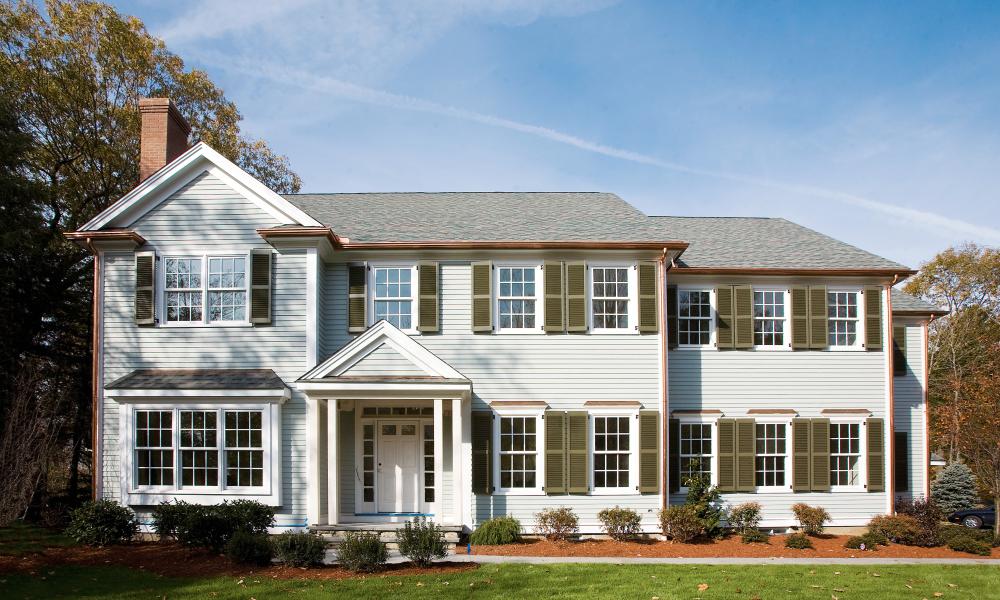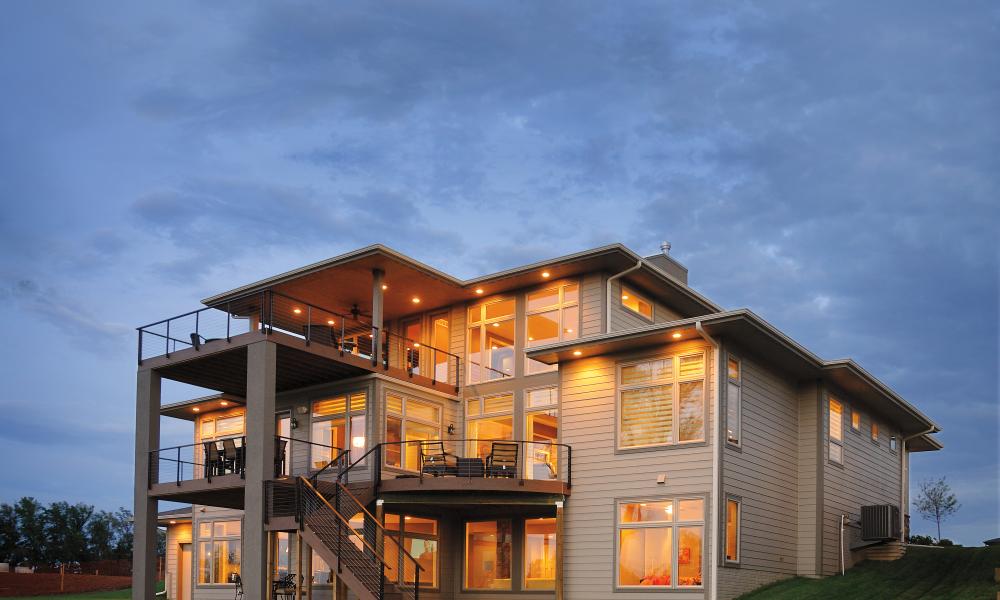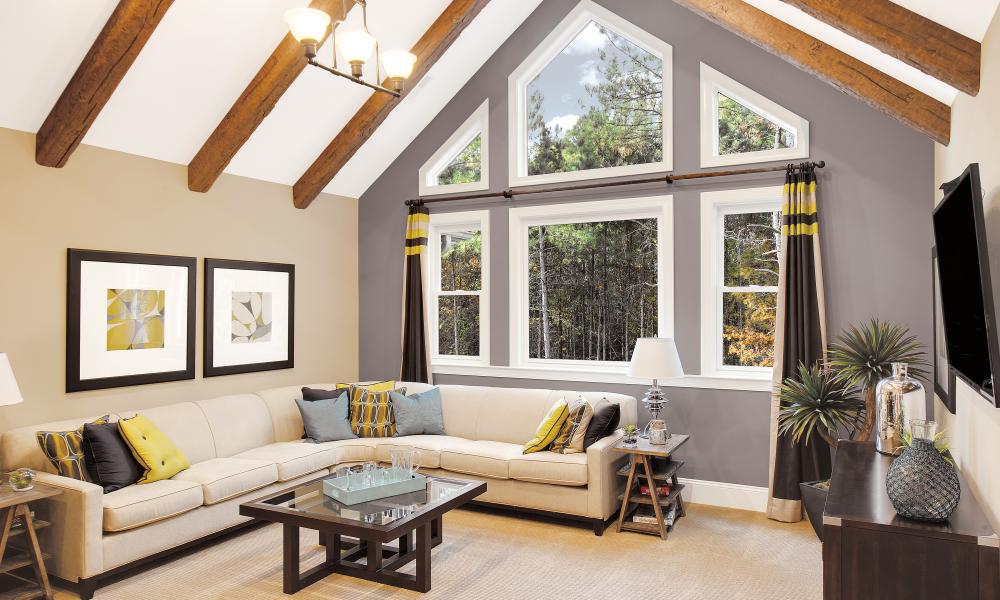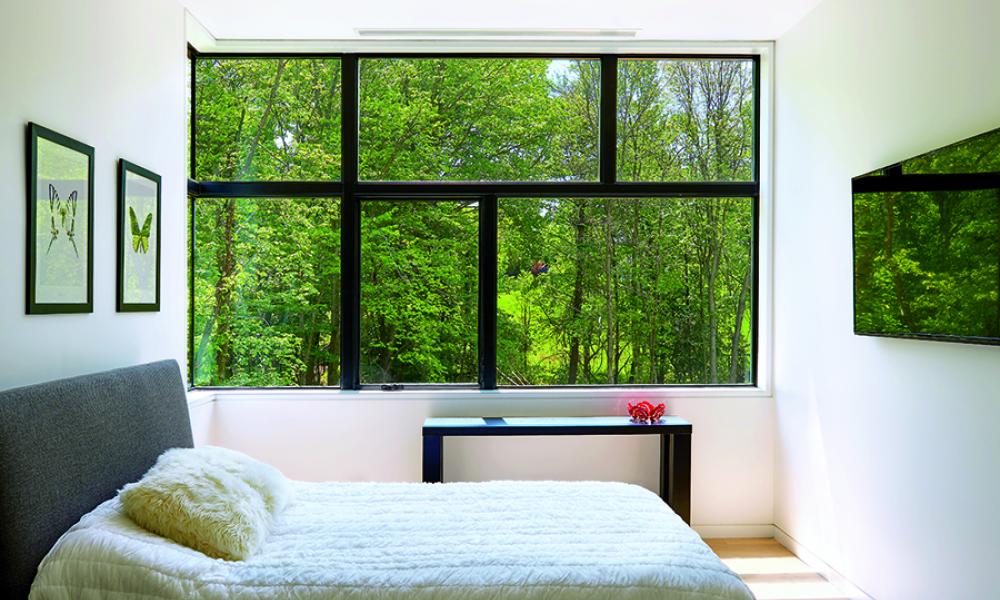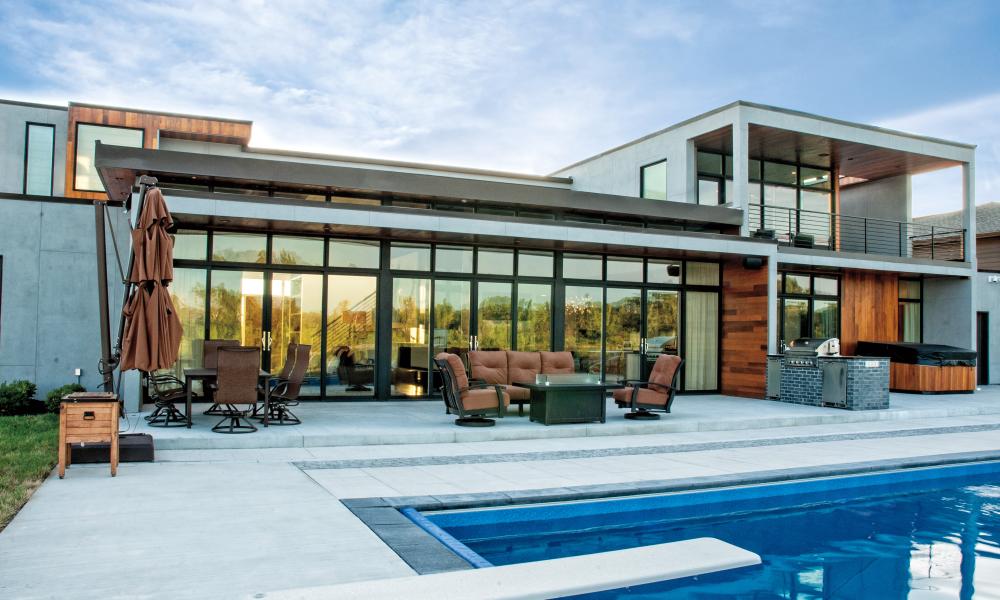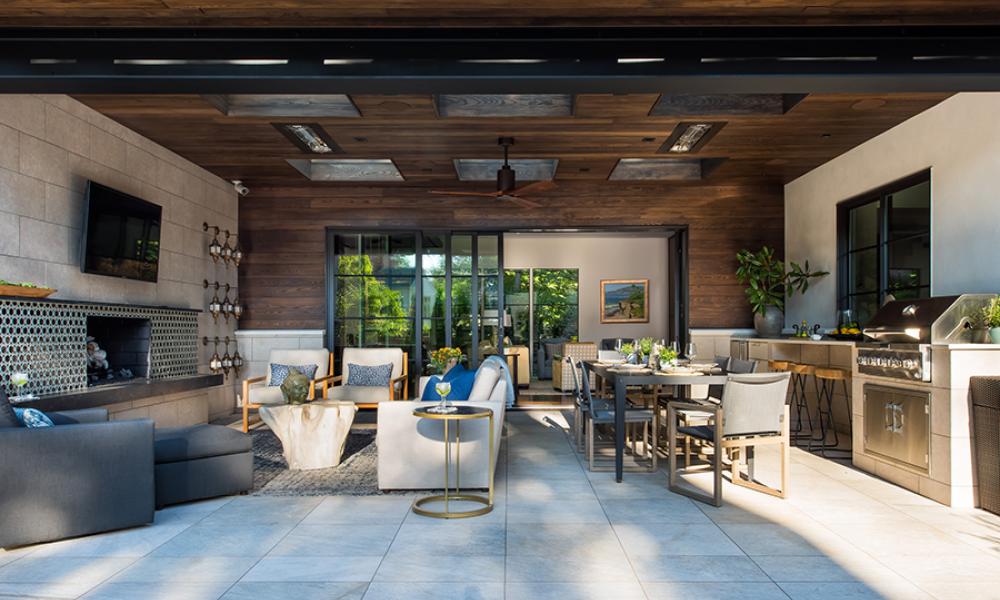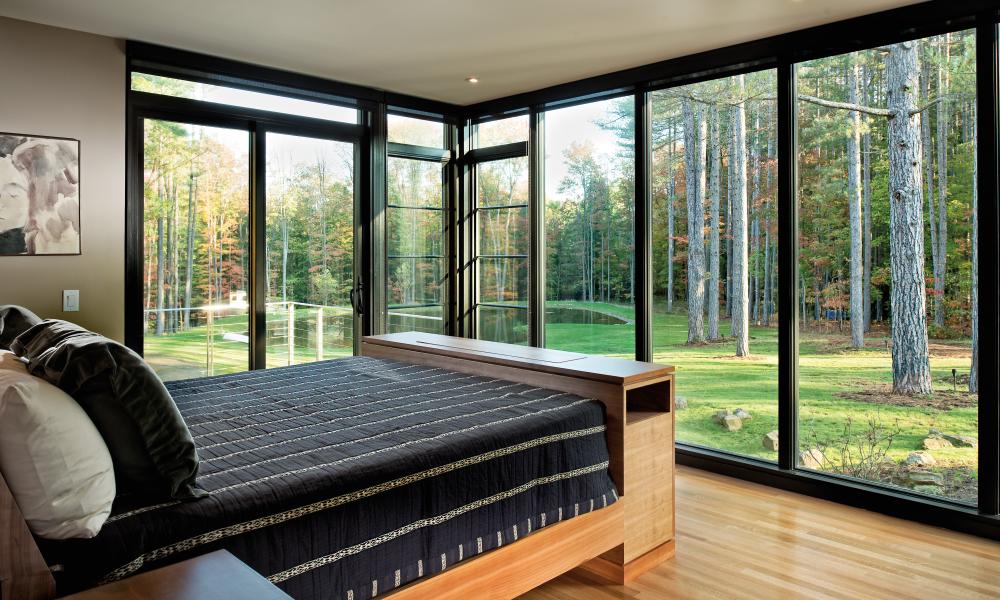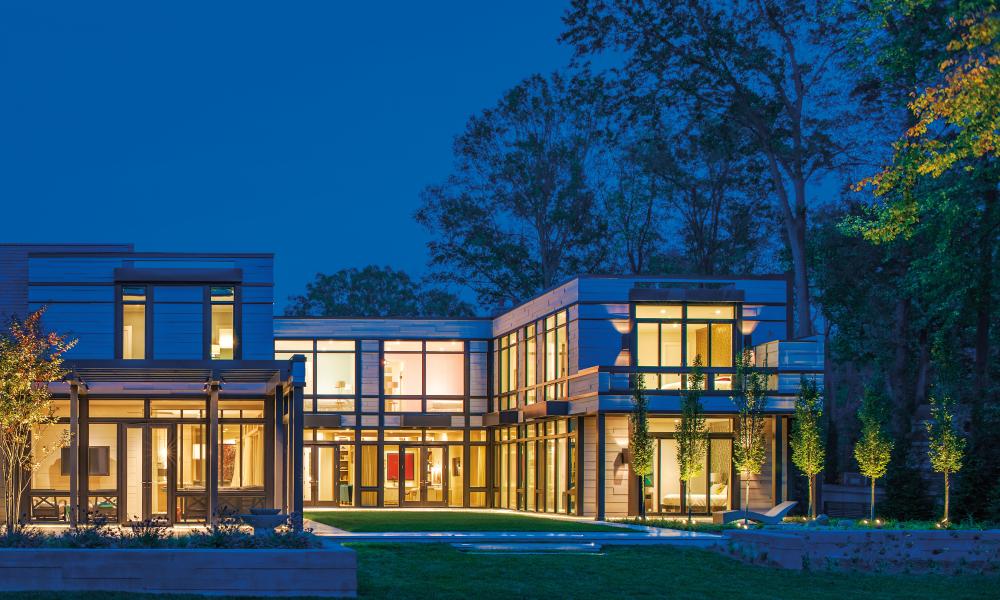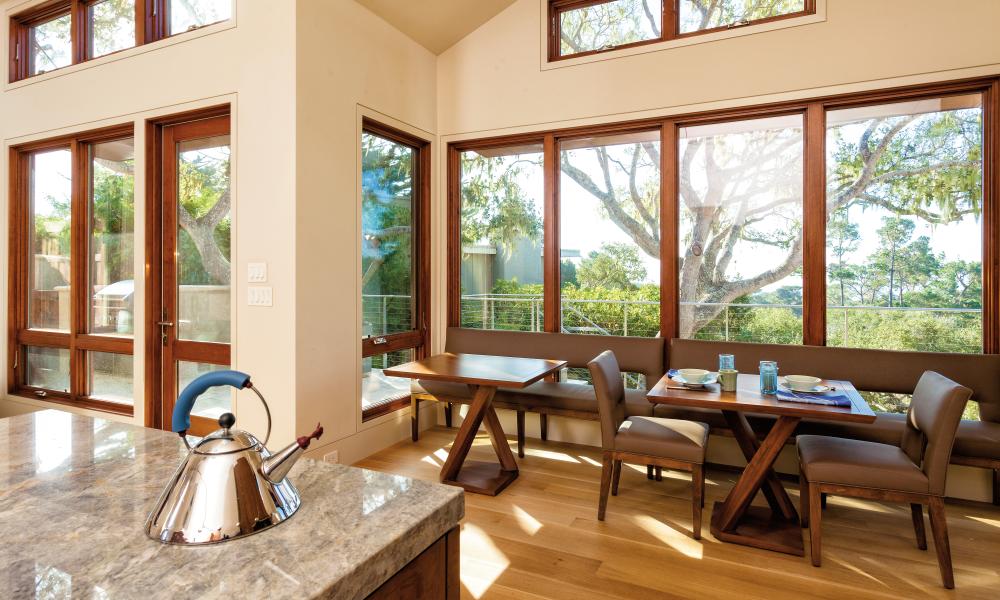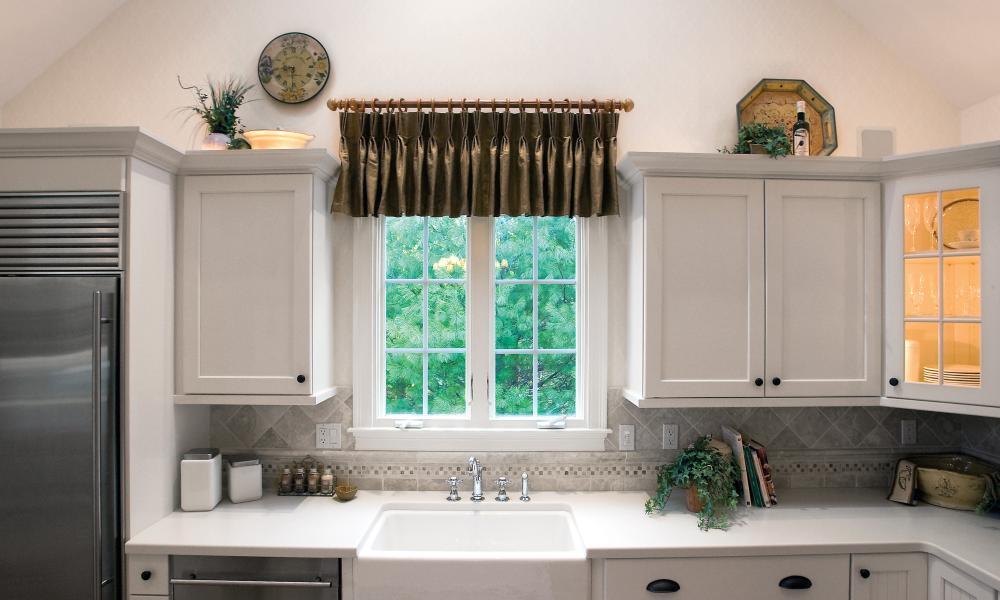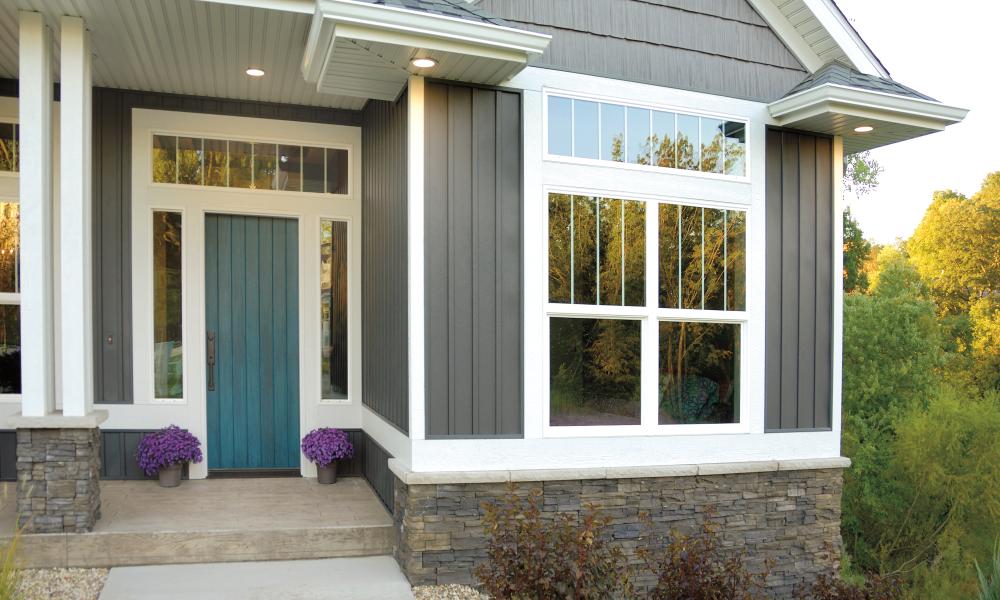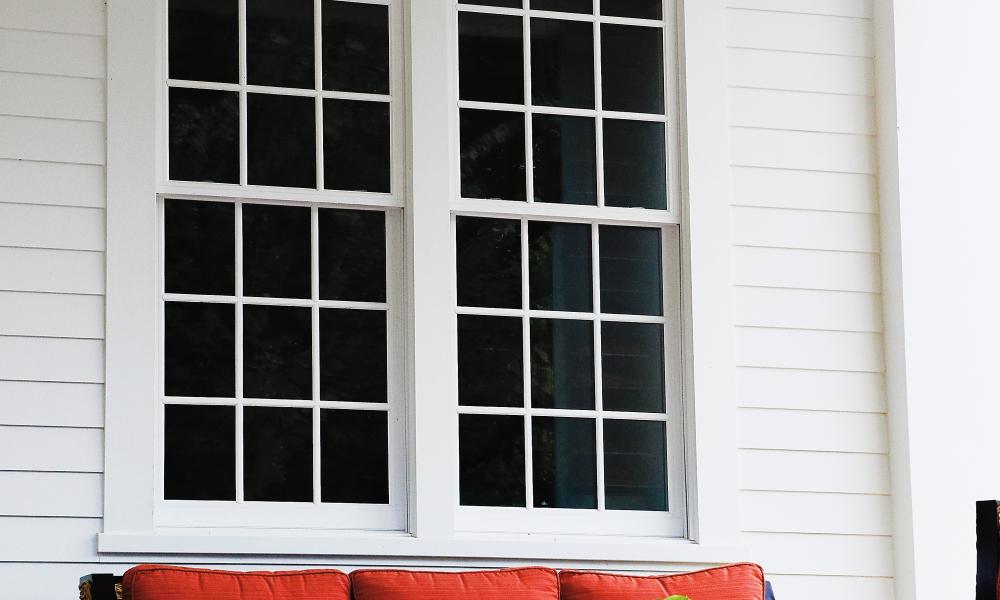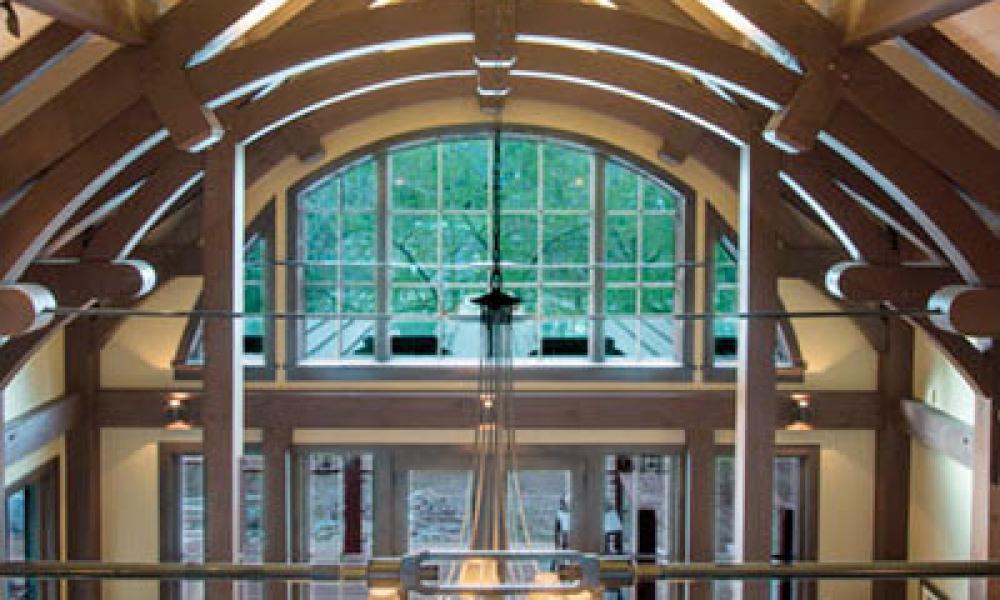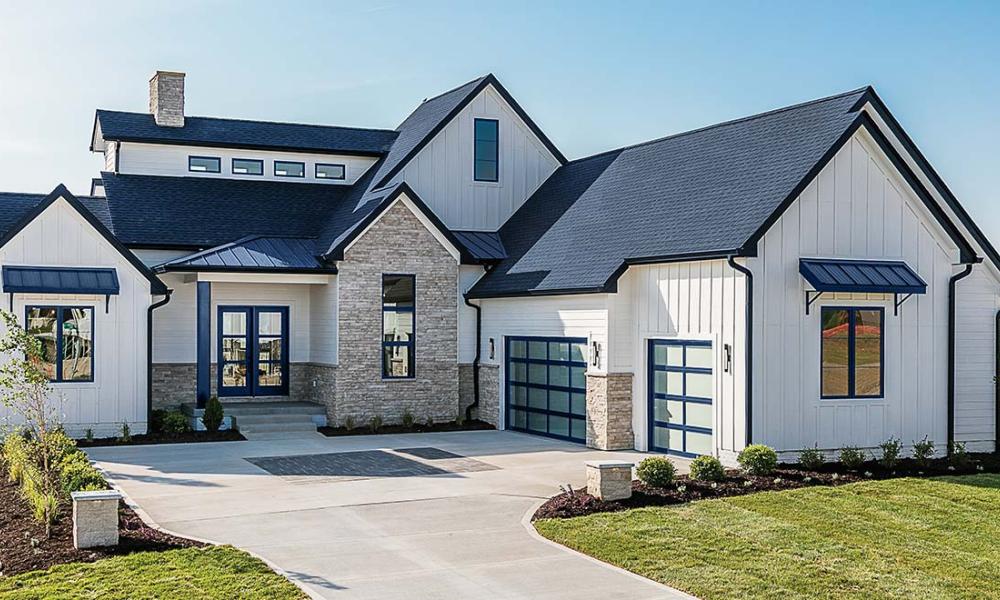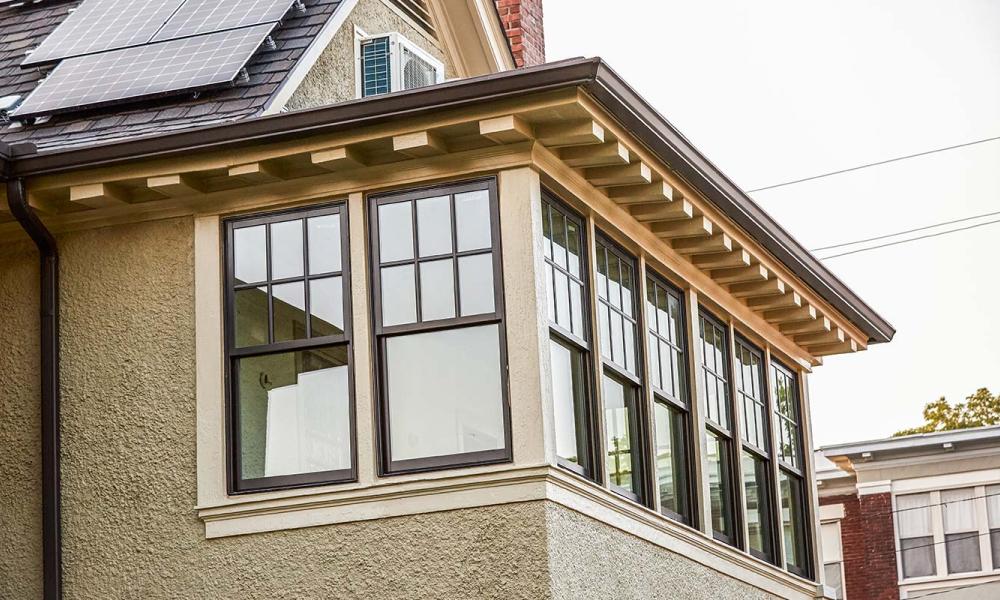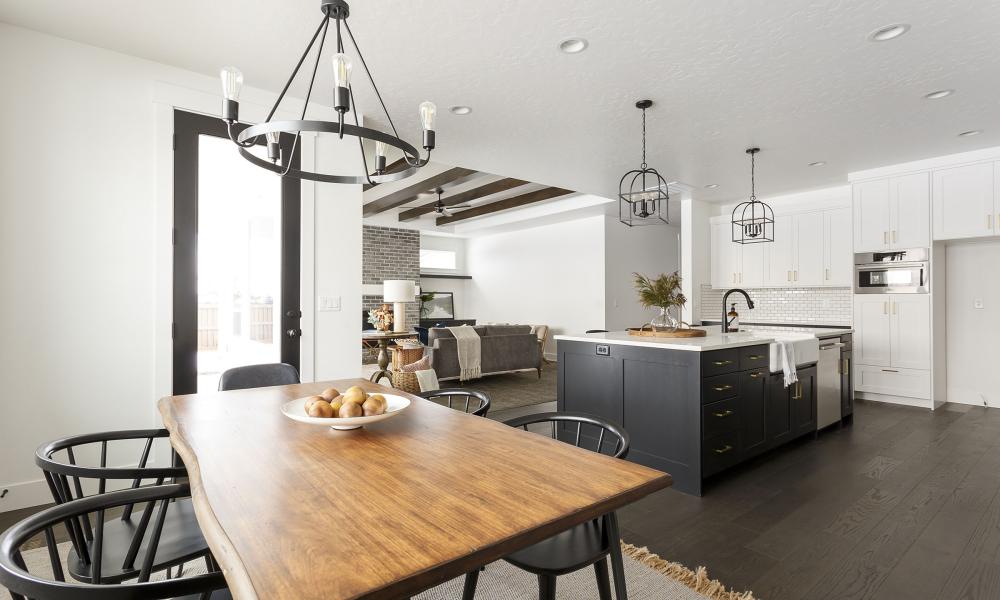Extruded Aluminum vs. Rolled Form Aluminum for Windows
The choice of materials in architectural design significantly impacts a building’s aesthetics, functionality, and sustainability. Among the many materials used in construction, aluminum stands out due to its lightweight nature, corrosion resistance, and flexibility. When it comes to aluminum windows, two common manufacturing methods are extrusion and rolling. This essay explores the differences between extruded aluminum and rolled form aluminum for windows, delving into their manufacturing processes, characteristics, advantages, and applications.
Extruded aluminum windows are crafted through a process where aluminum is pushed through a die under pressure to create complex cross-sectional shapes. This method allows for intricate and customized designs, making it popular in contemporary architecture. Extruded aluminum windows are known for their strength, durability, and versatility. They are resistant to corrosion, making them ideal for various climates and environments. Moreover, extruded aluminum frames can be thermally broken, enhancing their energy efficiency and contributing to reduced heat transfer between the interior and exterior of a building. These windows are also easily recyclable, aligning with sustainable building practices.
One of the significant advantages of extruded aluminum windows is their ability to support large glass panels, enabling expansive views and maximizing natural light intake. Due to their customizable shapes and sizes, they are often used in modern, high-rise buildings and commercial spaces where unique designs and structural integrity are paramount.
Rolled form aluminum windows, on the other hand, are manufactured by passing aluminum stock through a pair of rolls, compressing and shaping it into the desired profiles. This process is more straightforward and cost-effective than extrusion, making rolled form aluminum windows a popular choice for standard window designs in residential and commercial buildings. Rolled form aluminum windows are known for their simplicity, cost-efficiency, and ease of production. They are lightweight and easy to handle, facilitating quick and straightforward installations.
While rolled form aluminum windows may not offer the same level of customization as extruded counterparts, they are highly practical for projects with budget constraints or those requiring standardized window sizes. They are often used in residential buildings, schools, and office spaces where cost-effectiveness and functionality are prioritized over intricate designs.
When comparing extruded aluminum and rolled form aluminum windows, several factors come into play. Extruded aluminum windows excel in terms of design flexibility, strength, and durability. They are ideal for projects where architectural creativity and structural integrity are essential. Additionally, extruded aluminum windows are suitable for environments where corrosion resistance and energy efficiency are crucial considerations.
On the other hand, rolled form aluminum windows offer a more economical solution without compromising on basic functionality. They are widely used in projects with limited budgets, providing a practical and efficient window solution. While they may lack the customization options of extruded aluminum windows, they meet the requirements of many standard architectural designs.
In the realm of aluminum windows, the choice between extruded and rolled form aluminum depends on the specific needs of a project. Extruded aluminum windows cater to architects and designers seeking bespoke designs, exceptional strength, and energy efficiency. Rolled form aluminum windows, on the other hand, offer a cost-effective and practical solution for projects where standardization and budget constraints are paramount.
Ultimately, understanding the unique characteristics and advantages of both extruded and rolled form aluminum windows allows architects and builders to make informed decisions, ensuring that the chosen windows align perfectly with the requirements and vision of the architectural project.
***For more information or to see these products in person, visit one of our showrooms located near Boise, Treasure Valley, McCall, Ketchum or Sun Valley**
